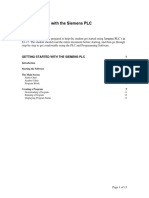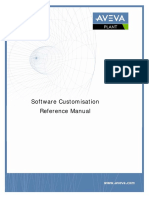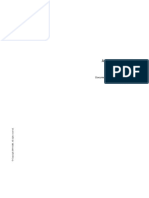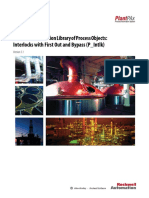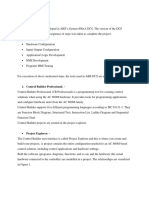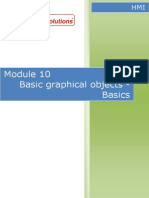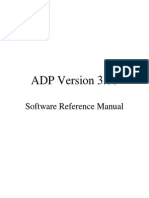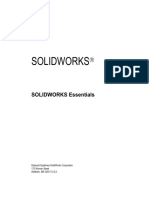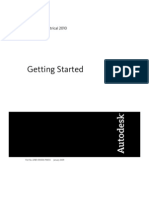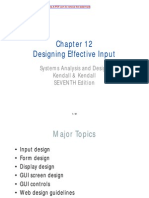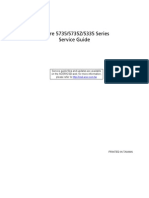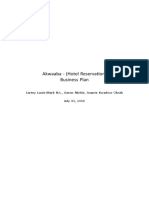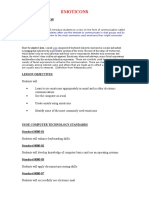0% found this document useful (0 votes)
15 views47 pagesLecture Note - Week 3
The document provides a comprehensive guide on using FactoryTalk View Studio for graphic design, focusing on components, graphic displays, and various graphic objects. Key learning outcomes include configuring displays, using grids, creating backgrounds, and working with graphic libraries and messages. It also covers the functionality of different types of push buttons and how to connect objects to tags for effective data representation.
Uploaded by
officialabhishek123690Copyright
© © All Rights Reserved
We take content rights seriously. If you suspect this is your content, claim it here.
Available Formats
Download as PPTX, PDF, TXT or read online on Scribd
0% found this document useful (0 votes)
15 views47 pagesLecture Note - Week 3
The document provides a comprehensive guide on using FactoryTalk View Studio for graphic design, focusing on components, graphic displays, and various graphic objects. Key learning outcomes include configuring displays, using grids, creating backgrounds, and working with graphic libraries and messages. It also covers the functionality of different types of push buttons and how to connect objects to tags for effective data representation.
Uploaded by
officialabhishek123690Copyright
© © All Rights Reserved
We take content rights seriously. If you suspect this is your content, claim it here.
Available Formats
Download as PPTX, PDF, TXT or read online on Scribd
/ 47





